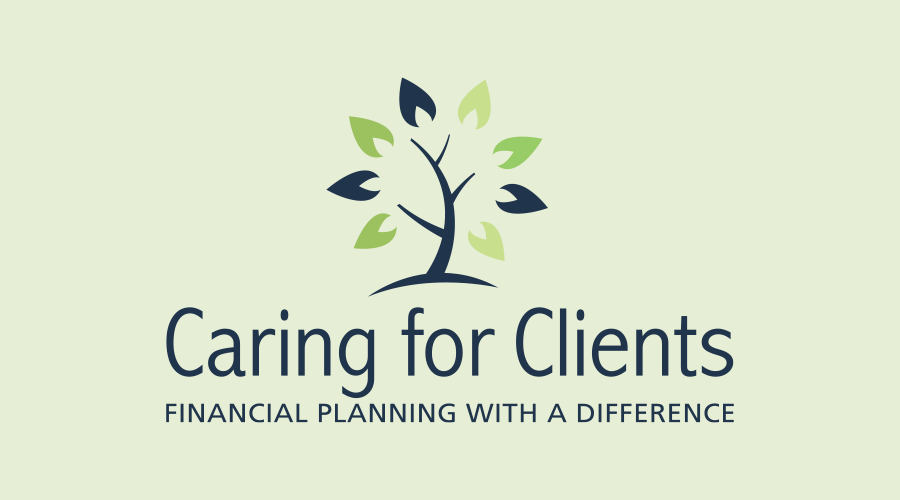There was a time (the early 1980’s) when 5-year GICs and government bonds were paying 12% yields. Investors think fondly of those days even though the inflation rate was also in double digits at this time, making the real rate of return (interest rate less inflation) on conservative fixed income investments similar to those today.
The difference between being a fixed income investor then and now is the direction of interest rates.
Since rates peaked in 1981 when a November issued Canada Savings Bond yielded 19%, rates have been steadily declining to the point where the April Canada Savings Bond was issued at a 1% rate and “high interest” savings accounts hover in the 1.5% range. The inflation rate is commensurately lower now as well, however, there is no denying that investing in cash and GICs results in steadily eroding purchasing power.
Furthermore, the tailwind that falling interest rates has had on fixed income returns is likely at an end. In a recent commentary, PH&N Investments made the following comments:
“It is likely that the era of ultra-low interest rates is now in the rear-view mirror. The U.S., which remains a very important influence on global interest rates, seems determined to follow through on its commitment to end its quantitative easing program. Barring any economic or political disruptions, that is scheduled to end in December of this year. Developed markets have, for the most part, recovered from the 2008 crisis and are entering a new, perhaps more modest, stage of growth. And even with last year’s rise, interest rates are still marginally below what we consider to be longer-term fair value. As such, we should expect a continued upward grind in yields over time. It almost certainly will not happen in a straight line, and fluctuations – such as those just witnessed this quarter – are to be expected. But in the long term, a return to a higher interest rate environment, where investors can earn a decent yield on their savings, is a welcome development.”
Until then, staying short-term makes good sense. There is a greater likelihood that interest rates will go sideways and then increase modestly over the next few years. That would be a positive event given that interest rates would likely be rising in response to economic growth. That is better than deflation.
So why own GICs or fixed income funds at all?
The fact that investors ask this question partially explains the strong equity markets in the face of so much global economic and political uncertainty. Investors needing income are purchasing the dividend equity funds that have handily outperformed the returns offered by fixed income funds. There is a new owner of dividend yielding equity funds, the retiree.
What should not be ignored is the role that fixed income investments should play in a portfolio, that is, income and capital preservation.
As frustrating as it can be to own (and for us to recommend) investments that offer a paltry 1.5%, investments that protect capital are low yielding right now. If capital preservation and/or low/moderate portfolio volatility is important to an investor, high quality fixed income investments must play a role. Our job is to determine how much is appropriate for each individual client and provide a rationale to support our view.
This information is of a general nature and should not be considered professional advice. Its accuracy or completeness is not guaranteed and Queensbury Strategies Inc. assumes no responsibility or liability.

